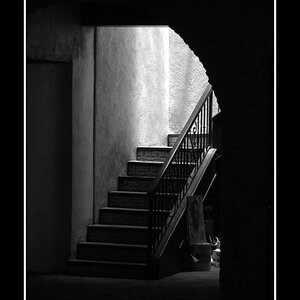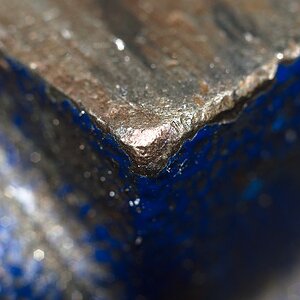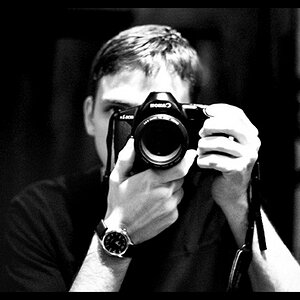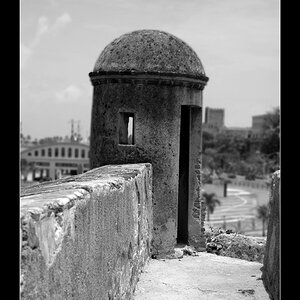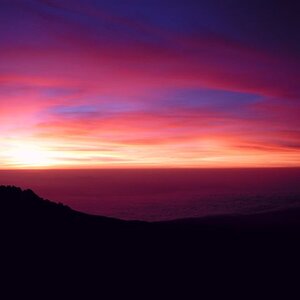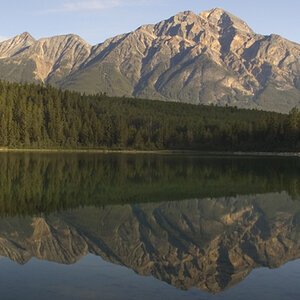Aquarium Dreams
TPF Noob!
- Joined
- Jan 14, 2007
- Messages
- 731
- Reaction score
- 0
- Can others edit my Photos
- Photos OK to edit
I'm scanning a bunch of negatives and find that the most time consuming element is spotting out the dust and scratches. Imperfections are most noticeable in large spaces that are mostly one color, such as the sky. Is there anything I can do in photoshop that will even out some or most of these imperfections, so that I don't have to do them all by hand? (My knowledge of photoshop is shamefully scattered and incomplete.) Thanks.





